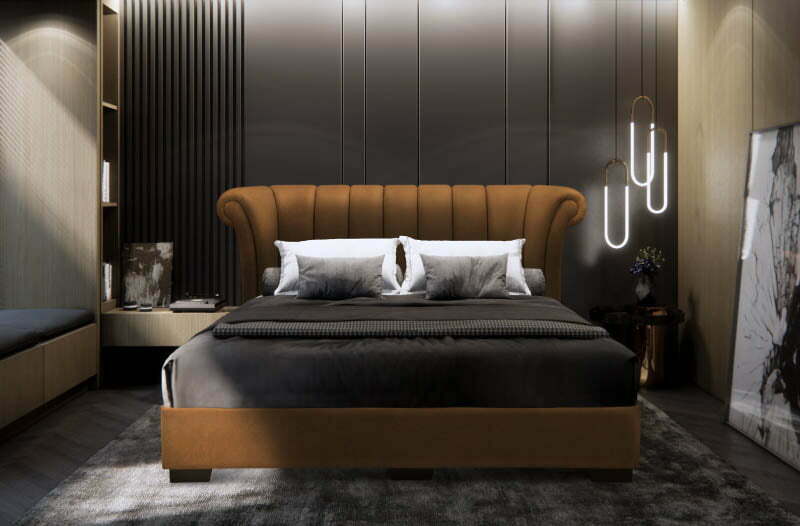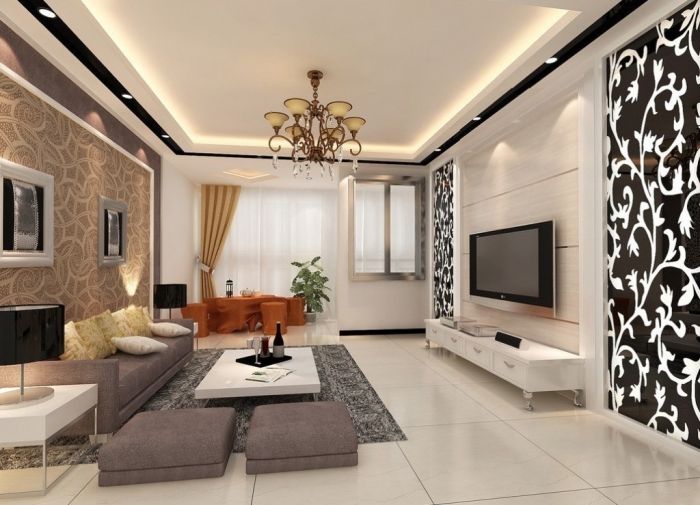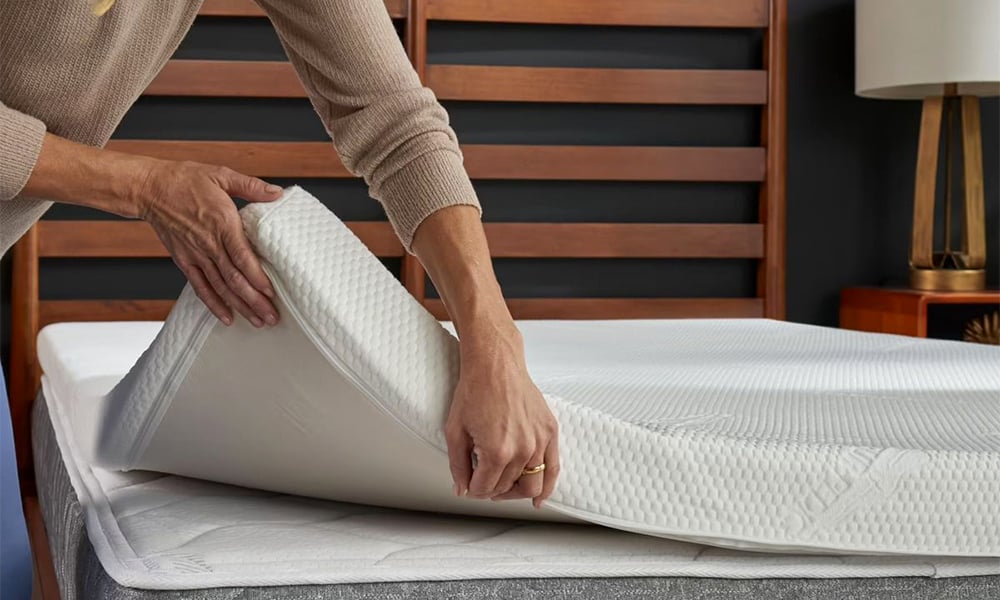Furniture is an essential element of our existence, serving both functional as well as aesthetic functions for our workplaces and homes. It influences our surroundings affects our moods as well as providing comfort and functionality in a range of environments. The story of furniture is a fascinating trip which reflects technological, cultural and artistic advancements across the human race. From the humble tables and chairs of earlier societies to the contemporary, modern-day designs, furniture has continuously evolved to adapt to the ever-changing needs and desires of people all over the world.
In the past, furniture is traceable back to the ancient times, in which early human beings crafted essential items to serve their needs. In early Egypt such as Egypt, furniture was often made out of wood and contained items including stools tables and beds. They were usually adorned with intricate carvings and an indication of the person’s standing and the wealth of their. The furniture of the past, especially in Greece as well as Rome, furniture design advanced considerably, and introduced more advanced designs and functionalities. The Greeks invented the idea of modular furniture as well as the Romans were credited with introducing elegant tables and comfortable seating. The design and craftsmanship of the early pieces laid the foundation to allow for further innovations in furniture design. They also highlighted the blending of practicality and art that lasted throughout the course of time.
The Middle Ages brought about a transformation in furniture style, that was based on strength and function, rather than elaborate decorations. At this time the use of heavy wood furniture came into fashion and pieces that were designed to last the tests of time. The Renaissance period represented a crucial change in the way that craftsmen began to blend functionality with a sophisticated aesthetic. Furniture from the Renaissance period featured intricate carvings, lavish material, and luxurious furniture. The styles of Baroque and Rococo were popular, focusing on extravagance and attention to detail. The period was the catalyst for the next trends in furniture design as the notion to think of furniture as an art piece began to take hold and influenced the manner in which pieces were designed and considered.
The Industrial Revolution in the 18th and 19th centuries brought radical changes to the manufacturing and layout of furniture. Machines allowed to mass produce, which made furniture easier for people in general. In this period, we saw the emergence of different styles including Victorian, Arts and Crafts and Art Nouveau, each characterized with distinct characteristics and ideologies. The Victorian period was a time of elaborate designs and luxurious fabrics, while the Arts and Crafts movement emphasized quality and simplicity. It was a reaction to industrialization. Furniture makers such as Charles Rennie Mackintosh and Gustav Stickley gained prominence in the time because their work reflect the evolving attitudes towards style and practicality and beauty.

In the course of the 20th century, furniture design underwent another evolution with the emergence of modernism. Modernism was defined by simplicity and practicality in the design process, with designers aiming to remove unnecessary embellishments. Famous figures like Ludwig Mies van der Rohe and Marcel Breuer introduced clean lines and basic forms, highlighting that form must follow the function. New materials like the molded plywood, aluminum and plastic, made it possible to create design concepts that were practical as well as pleasing to the eye. The mid-century modern furniture came into fashion during this time with organic forms with a particular focus on design and user experience. The style has experienced revival in its the past few years of its popularity and designers of the present draw in the same principles that were established by the modernist movement. For more information please visit here https://www.goodniteoutlet.com.my/
Nowadays, the furniture sector is on the forefront of technology and sustainable practices. Since consumers are becoming aware about their impact on the environment and the impact of their choices on the environment, there’s a rising need for environmentally friendly material and practices for production. Furniture makers are increasingly looking for environmentally friendly materials, like reclaimed wood as well as non-toxic finishes for environmentally-friendly furniture. Furthermore, the growth of technology has affected furniture design with intelligent furniture being more common. It includes furniture that has technological features for greater functionality, like chargers, features that can be adjusted as well as modular styles which can be adjusted to various spaces. Combining technology with design has opened up new opportunities within the realm of furniture and making furniture more adaptable and comfortable than it has ever been.
To conclude, furniture is more than an assortment of items which fill our homes; it is an expression of our history, culture, and the ever-changing demands. From prehistoric times through the present, furniture design has transformed into a blend of functionality, artistry and ingenuity. Future-oriented furniture has exciting potential, that are centered around sustainable development and the technological advances that are shaping our interactions with our working and home spaces. We continue to investigate the relationship between aesthetics, design, and the demands of consumers, furniture will undoubtedly remain essential to our lives. Furniture will affect the way we interact with our surroundings and reflect our personal style.


